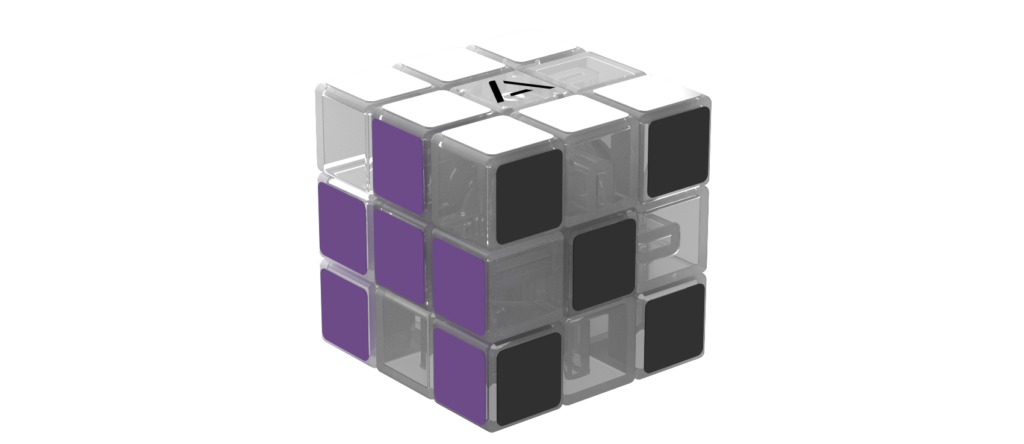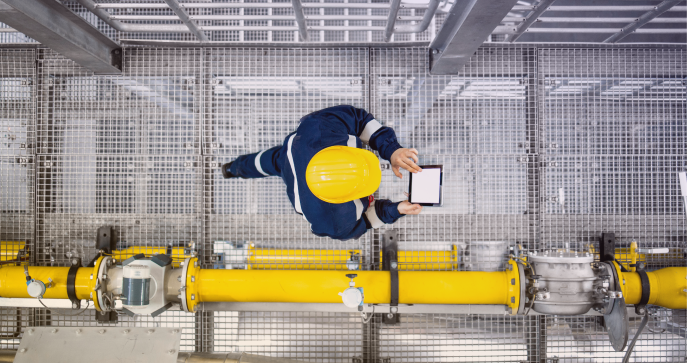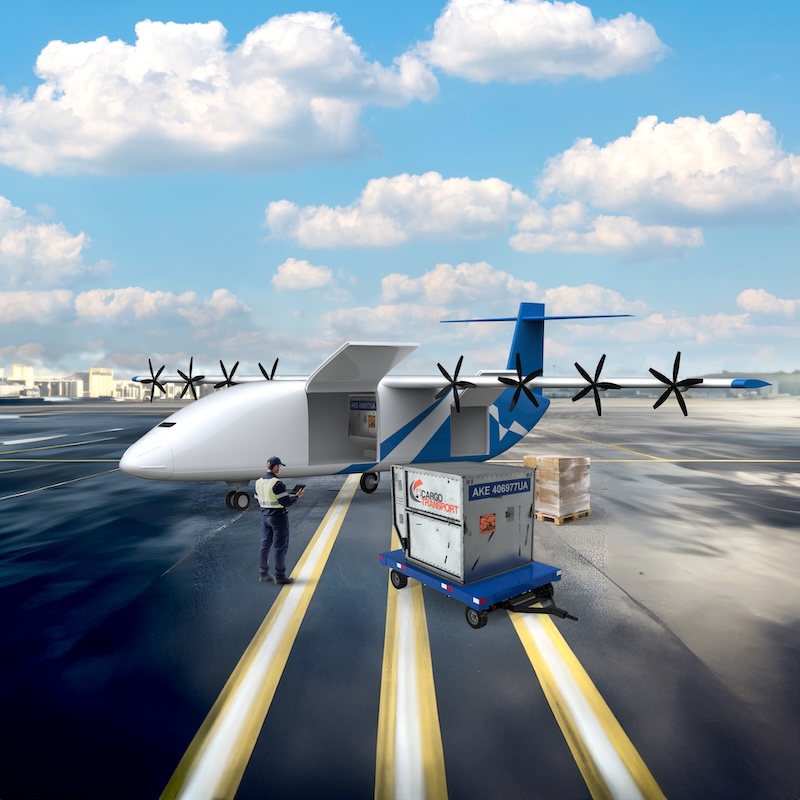As they say, fuselage work is their bread and butter, with the team prepping the structural readiness of aircraft interiors and main body sections. In the commercial aircraft space, the company also installs “tents” on the outer skin for providing WiFi to commercial passengers. Due to safety regulations, any modification to the outer skin requires extensive certification from the FAA.
Their primary use of finite element modeling (FEM) is linear static load modeling. Load modeling uses the analysis results from large coarse assembly models as input loads for hand calculations and smaller refined models of individual components.
Since the OEMs of the original passenger planes don’t release their CAD files, Altech often reconstructs the CAD from paper drafts. Their CAD department preps the geometry and sends it to the analysts for cleanup. In a unique case, one of their analysts is currently constructing a full “barrel model” of the plane fuselage for a WiFi provider.
From model cleanup to post-processing, the Altech analysis team finds FEMAP to be an intuitive program with a nice user interface. FEMAP’s tools allow them to extract forces and generate load sets, create groups and submodels, and post-process in specific formats.
The team mostly works with surface geometry and plate elements. In the future they are interested in exploring the use of laminates and composites in their analysis work. In FEMAP, you can create laminate elements and composite materials. This allows the analyst to generate shells composed of multiple plies; each ply can have a unique material, thickness and fiber orientation.
With a growing worldwide appetite for aircraft cargo planes, it’s boom times for Altech and the MRO & aircraft conversion industry. They say there’s only one seasonal lull: around Christmas time, all the planes are in the air delivering packages, and none are on the ground being worked on.








